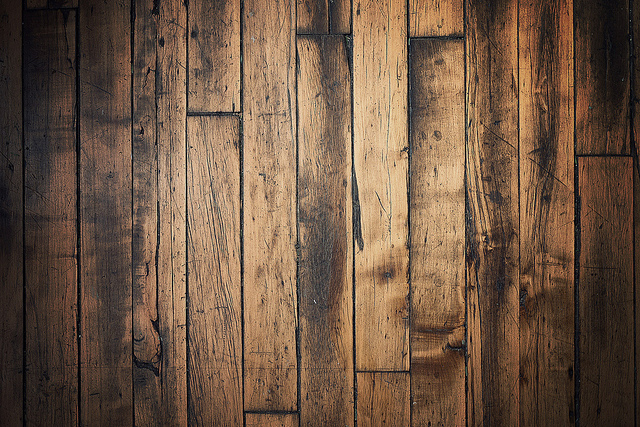
23 Nov Drying Out Wood Floors
Photo by: Chris Glass
Drying Out Wood Floors
It’s happened. You’ve had a flood and now your brand new hardwood floors are damaged. Can you save them? Luckily, depending on the circumstances, there is a high chance of recovery and getting your floors back good as new. Whether this was a large flood affecting other aspects of your home, or just a small leak damaging your floors, you will want to make sure they are handled properly, and every precaution taken to restoring them correctly.
“Cupping” is the most common occurrence once floors have been damaged. Water penetrates the wood and causes it to expand. Cupping is when the sides of the wood floor panels are raised up higher than the center, and the center is concave in shape. This results in a wavy or warped appearance. Most of the time these floors can be saved, unless the panels are so damaged that they break away from the floor itself. (See also: Are My Wood Floors Damaged?)
Properly drying out floors can be a huge undertaking, but it doesn’t have to be! Once floors have been water logged they can be dried out by a few methods.
- Natural: The slowest way is to let them dry out naturally – this can take anywhere from two to twelve months. This is not recommended, as the longer water remains in the wood, the more susceptible it is to mold and other fungi.
- Forced Air: Implementation of outside air sources can speed up the drying process, such as fans, home heating systems, etc. by focusing them on the affected area.
- Dehumidifier: Dehumidifiers are the most effective way to dry wood floors. Professionals use a combination of dehumidifiers and water gauges to make sure floors are completely dry, thus giving them the best chance of staying mold and fungi free.
KADE Restoration has all the best equipment to keep your home dry and free from unnecessary repairs.
